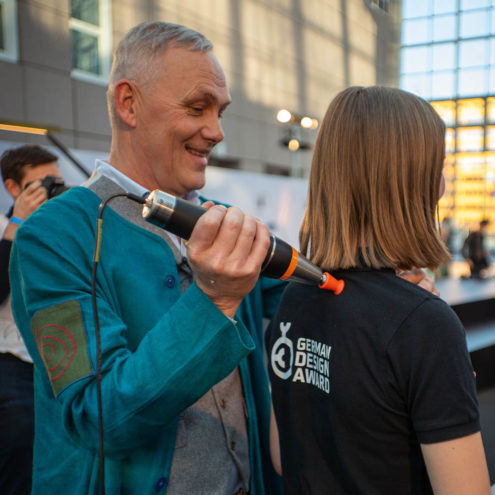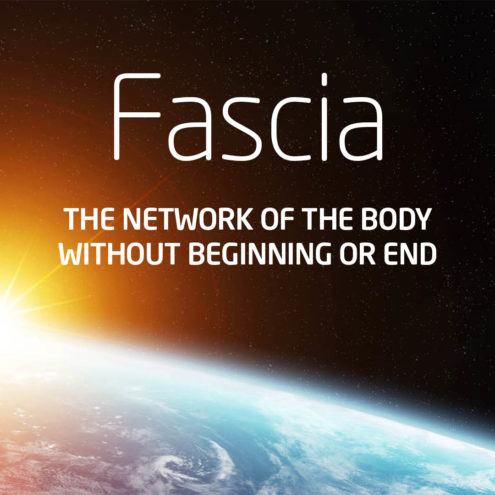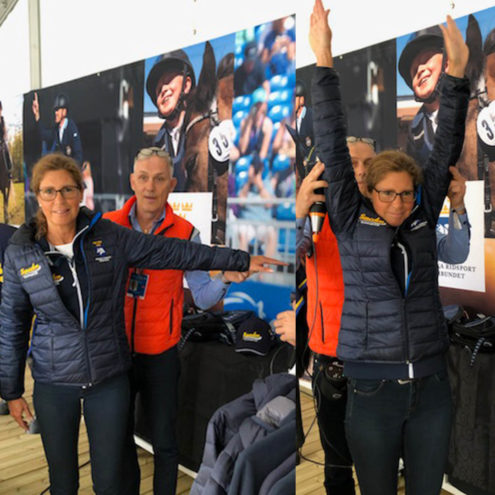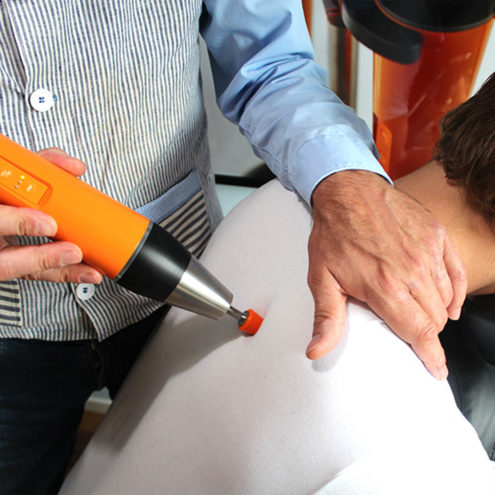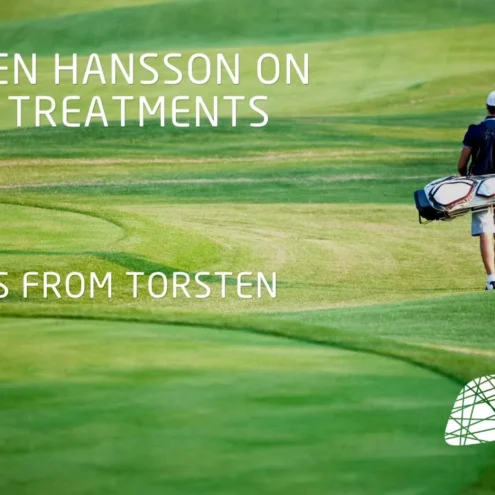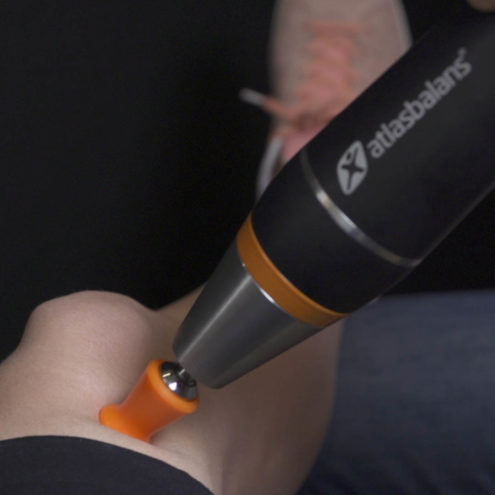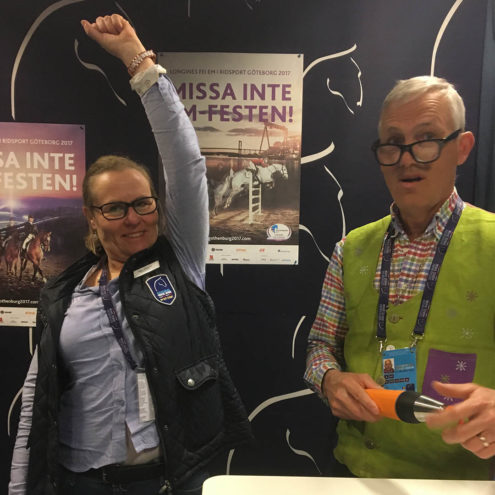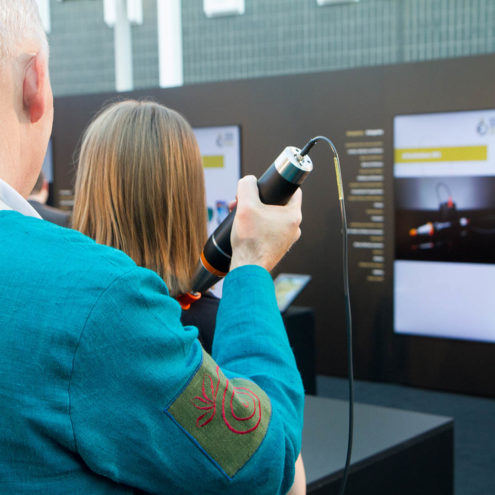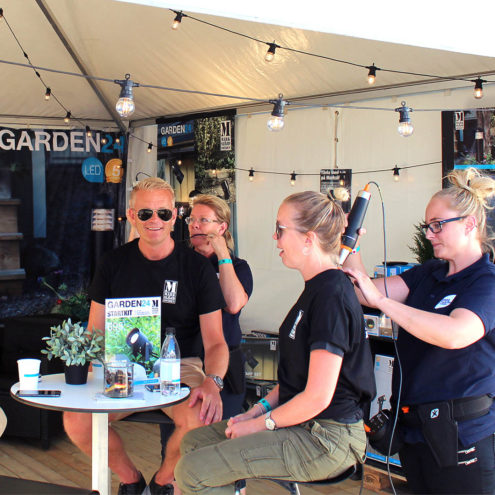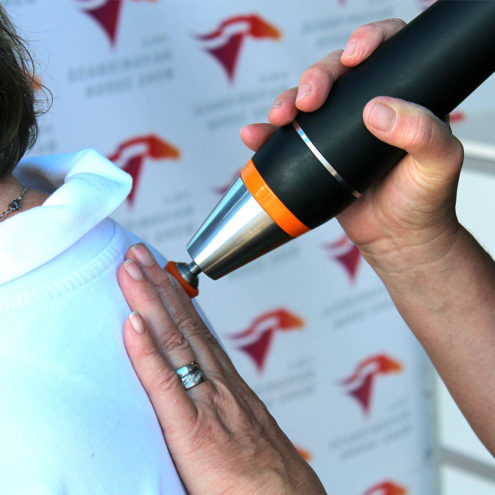Schlatter: Symptoms and Treatment

Osgood-Schlatter disease, also known as Schlatter, is common in athletic children and teenagers. This disease usually occurs during periods of rapid growth and can be very painful. Sometimes the pain can become too severe, which can lead to withdrawal from physical activity. In this article, we will discuss what Schlatter’s is, its causes, symptoms and how it can be treated. We will also explore how Fascia Clinics can help you manage and relieve the symptoms of Schlatter.
What is Schlatter?
Osgood-Schlatter disease, more commonly known as Schlatter, is a condition where the attachment of the patella tendon becomes inflamed. At the top of the tibia, just below the kneecap, there is a growth plate, called the epiphysis. This area is particularly vulnerable during periods of rapid growth, making children and teenagers especially prone to developing the disease. Schlatter most commonly affects boys aged 12 to 15 years and girls aged 10 to 13 years, but can occur in any young person who is physically active. It is common to develop Schlatter on both knees.
Causes of slats, including overuse of the knee growth plate due to activities involving jumping and running
Schlatter is most often caused by overuse of the patellar tendon and repetitive stress. Activities that involve a lot of jumping, running and rapid changes of direction – such as football, basketball, gymnastics and athletics – can put a lot of strain on the quadriceps muscle, causing micro-injuries to its tendon attachment and allowing pieces of cartilage to detach from the epiphysis. This leads to the pain and swelling characteristic of Schlatter.
Symptoms of schlatter
Pain and tenderness just below the kneecap, especially when straining or activity
The most obvious symptom of Schlatter is pain and tenderness just below the kneecap. This pain is usually exacerbated by physical activity, especially those that involve straining with a bent knee, such as running, jumping and climbing. The pain can occur both acutely and throbbing and can limit participation in sports and other physical activities.
Swelling and increased sensitivity to touch in the area around the kneecap
In addition to pain, the area around the kneecap may also become swollen and tender to the touch. The swelling is caused by small micro-injuries to the attachment of the patella tendon to the tibia. Increased sensitivity in the area can make it difficult to kneel or kneel deeply without experiencing discomfort.
Possible formation of a swelling or lump under the kneecap
In some cases, a small lump or swelling may form on the tubercle of the tibia. This lump is a result of inflammation and may be visible and palpable. The lump may persist even after the pain and inflammation have subsided and may be a permanent feature of Schlatter.
Treatment of schlatter
Resting and avoiding activities that can make the pain worse, especially high-intensity exercise
The first and most basic treatment for Schlatter is rest. It is important to avoid activities that aggravate the pain and inflammation in the knee. This means that high-intensity exercise and sports activities that put strain on the knee should be reduced or avoided completely until symptoms have improved. Giving the knee time to rest and recover is crucial to prevent further damage.
Use of ice and anti-inflammatory drugs to reduce pain and swelling
To relieve pain and swelling, ice and anti-inflammatory drugs can be used. Apply ice to the affected area for 15-20 minutes several times a day. Over-the-counter anti-inflammatory drugs, such as ibuprofen, can also be effective in managing pain and swelling. However, it is important to follow the dosage instructions and consult a doctor if necessary.
Stretching and strengthening exercises for quadriceps and hamstring muscles to improve muscle balance and reduce stress on the knee
An important part of the treatment of Schlatter is to perform stretching and strengthening exercises for the quadriceps and hamstring muscles. These exercises help to improve the stability of the knee joint and reduce the stress placed on the growth plate. Some effective exercises include:
Quadriceps stretch: Stand on one leg and pull your foot up towards your butt with your hand to stretch the front of your thigh.
Hamstring stretch: Sit on the floor with your legs stretched straight out in front of you, reaching towards your toes to stretch the back of your thigh.
Quadriceps strengthening exercises: Light leg lifts and squats without weight can help strengthen the quadriceps muscle without overloading the knee.
How can we help you with your schlatter?
At the FasciaClinics, we take a holistic approach to treating the knee joint. Our team of therapists use fascia therapy, a type of wellness treatment to relieve tension and pain in the body. The fascia is the network of connective tissue that binds and permeates everything in our body. All cells, tissues (even bone), muscles and organs contain fascia.
Fascia treatment focuses on releasing tension and adhesions in the fascia and increasing its flow. By reducing pressure and increasing circulation, cell membranes can more easily absorb nutrients and release waste products. In this way, fascia treatment can promote the body’s own healing. The treatment is pleasantly relaxing and painless. It gets the whole body flowing and helps you balance your posture so that the body is evenly loaded.
During a visit, we analyze the whole body to see where compensations and imbalances are and how they have spread. If there is an imbalance in the body, there is a risk that it will spread and affect other structures such as muscles and joints. That’s why it’s very important to seek help quickly as soon as you notice any symptoms.
Fascia treatment for knee problems involves balancing the body to make the load on the knees more even. A more even load will reduce the wear and tear on the muscles and other structures of the legs. This can reduce the risk of further injury and increase the body’s recovery.
In the meantime, it is very important to follow the recommendations of your health care provider while you are undergoing fascia treatment in order to return to your activities as soon as possible. For more information about our services and how we can help you with your Slatter, visit our FasciaClinics website. Here you will also find resources and articles on Slatter and other related topics that may be helpful to you.
In summary, Schlatter is a common and often painful disorder that affects children and teenagers during periods of rapid growth. By understanding the causes, symptoms and treatment methods, you can effectively manage and relieve your condition. At the FasciaClinics, we are here to support you every step of the way towards recovery and an active life without pain.
 Search
Search



